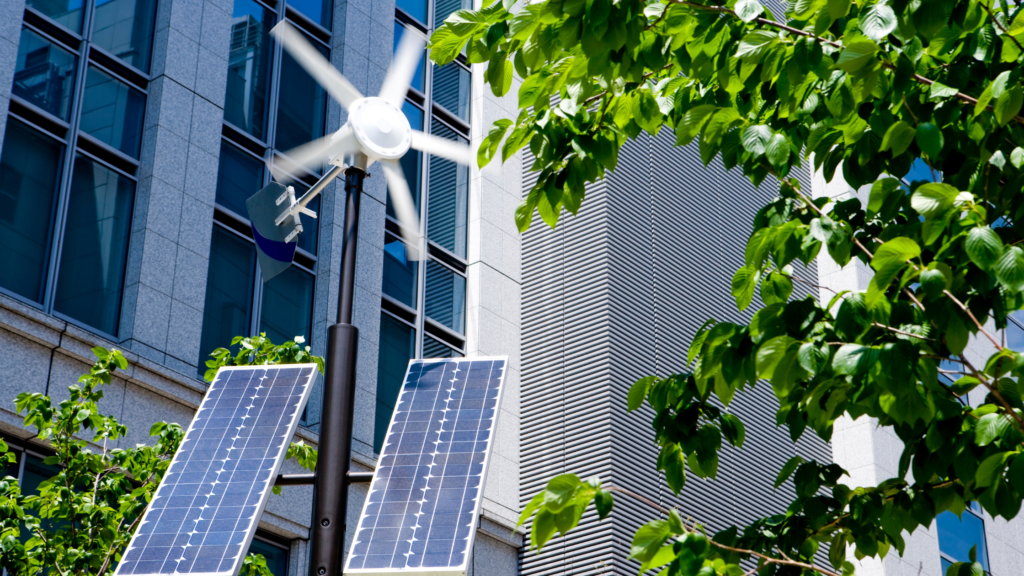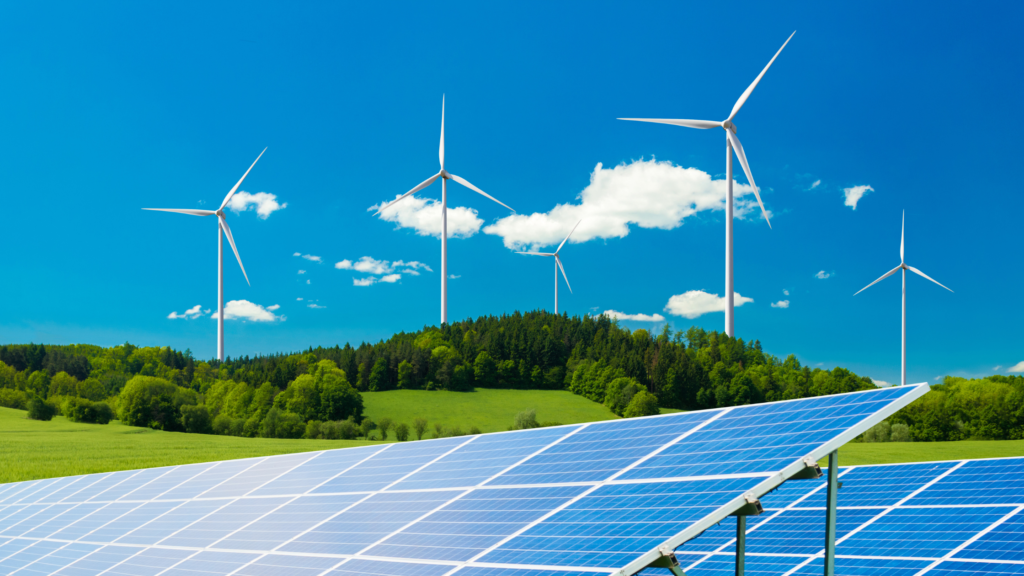Emerging Renewable Energy Policy Trends Driving Change
As the global urgency to combat climate change intensifies, governments around the world are implementing a wide range of renewable energy policies. These policies are designed to accelerate the transition from fossil fuels to clean energy sources, reduce greenhouse gas emissions, and promote sustainability. For organizations like Bottom Billion Corporation (BBC), understanding these policy trends is crucial for aligning investments with global climate goals and driving meaningful change in underserved communities. This article explores the emerging trends in renewable energy policies that are shaping the future of energy markets and offering new opportunities for investment. Decarbonization and Net-Zero Targets One of the most significant trends in renewable energy policy is the increasing adoption of decarbonization and net-zero targets. Countries and regions around the world are setting ambitious goals to reduce carbon emissions to net-zero by mid-century. These targets are driving a massive shift towards renewable energy sources such as wind, solar, and hydroelectric power. Global Commitments Impacts on Investment Subsidies, Tax Incentives, and Financial Support Governments are also offering various forms of financial support to encourage the adoption of renewable energy. These include subsidies, tax incentives, and grants that reduce the cost of renewable energy projects and make them more attractive to investors. 1. Tax Credits and Incentives 2. Direct Subsidies 3. Green Bonds and Sustainable Finance Transition from Fossil Fuels to Renewables Another critical policy trend is the transition away from fossil fuels towards renewable energy. This transition is being driven by both regulatory measures and market forces, as the cost of renewable energy continues to decline. Phasing Out Fossil Fuels Carbon Pricing Renewable Energy Mandates Advancements in Grid Modernization and Energy Storage As renewable energy adoption increases, the need for grid modernization and energy storage solutions has become more pressing. Policymakers are focusing on upgrading the energy grid to handle the variability of renewable energy and investing in energy storage technologies to ensure a stable and reliable energy supply. Smart Grids Energy Storage Challenges and Opportunities in Renewable Energy Policy While the global shift towards renewable energy presents significant opportunities, it also comes with challenges that must be addressed. Policy Uncertainty Market Dynamics Innovation and Investment Renewable energy policy trends are rapidly evolving, driven by the global push towards sustainability and the need to address climate change. For organizations like Bottom Billion Corporation, understanding these trends is crucial for making informed investment decisions that align with global goals and support underserved communities. By staying ahead of policy developments and investing in renewable energy technologies, investors can play a key role in driving the clean energy transition and shaping a more sustainable future for all.
Emerging Renewable Energy Policy Trends Driving Change Read More »


